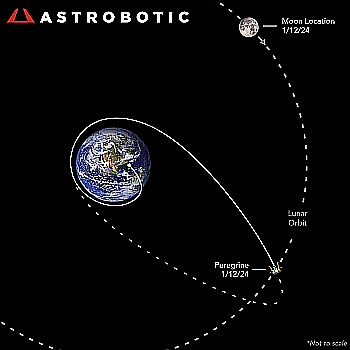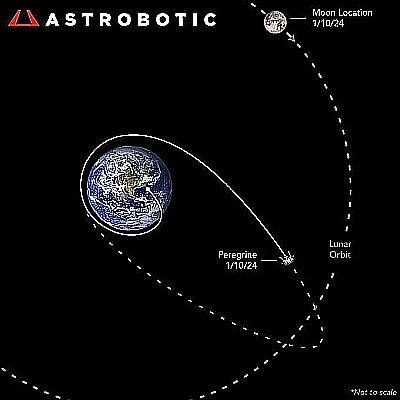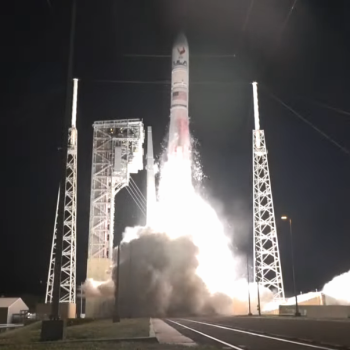Florida legislature considering bills to expand territory of its commerical Florida spaceport
Four bills under consideration in Florida’s legislature are proposing to expand the territory controlled by Space Florida, the state agency that runs the state’s commerical spaceport.
HB 577 and SB 968 seek to expand Florida’s spaceport system territory to include Tyndall Air Force Base and Homestead Air Reserve Base. Space Florida says the land owners still have authority over what projects or improvements can be made.
CS/HM 143 and SB 370 seeks to add seaports as a qualified tax-exempt category of private activity bonds. Space Florida is urging Congress to take action, as receiving the tax exemption is not something the state alone can change.
The bills specifically refer to property that the state owns within these federal bases or recently given back to the state. Overall however these bases remain federal facilities. It thus appears the bills are mostly designed to pressure Congress to act to give Space Florida more control.
The supporters of the bills cite the need for this expansion due to the spectacular increase in commercial launches in Florida, which set a record last year and is expected to do the same each year for the foreseeable future. The irony is that when the space shuttle’s retirement was announced in 2004, Florida officials thought this would be an end to the state’s space operations. Instead, private enterprise since then has resulted in a growth far greater than anything NASA ever provided.
Four bills under consideration in Florida’s legislature are proposing to expand the territory controlled by Space Florida, the state agency that runs the state’s commerical spaceport.
HB 577 and SB 968 seek to expand Florida’s spaceport system territory to include Tyndall Air Force Base and Homestead Air Reserve Base. Space Florida says the land owners still have authority over what projects or improvements can be made.
CS/HM 143 and SB 370 seeks to add seaports as a qualified tax-exempt category of private activity bonds. Space Florida is urging Congress to take action, as receiving the tax exemption is not something the state alone can change.
The bills specifically refer to property that the state owns within these federal bases or recently given back to the state. Overall however these bases remain federal facilities. It thus appears the bills are mostly designed to pressure Congress to act to give Space Florida more control.
The supporters of the bills cite the need for this expansion due to the spectacular increase in commercial launches in Florida, which set a record last year and is expected to do the same each year for the foreseeable future. The irony is that when the space shuttle’s retirement was announced in 2004, Florida officials thought this would be an end to the state’s space operations. Instead, private enterprise since then has resulted in a growth far greater than anything NASA ever provided.




